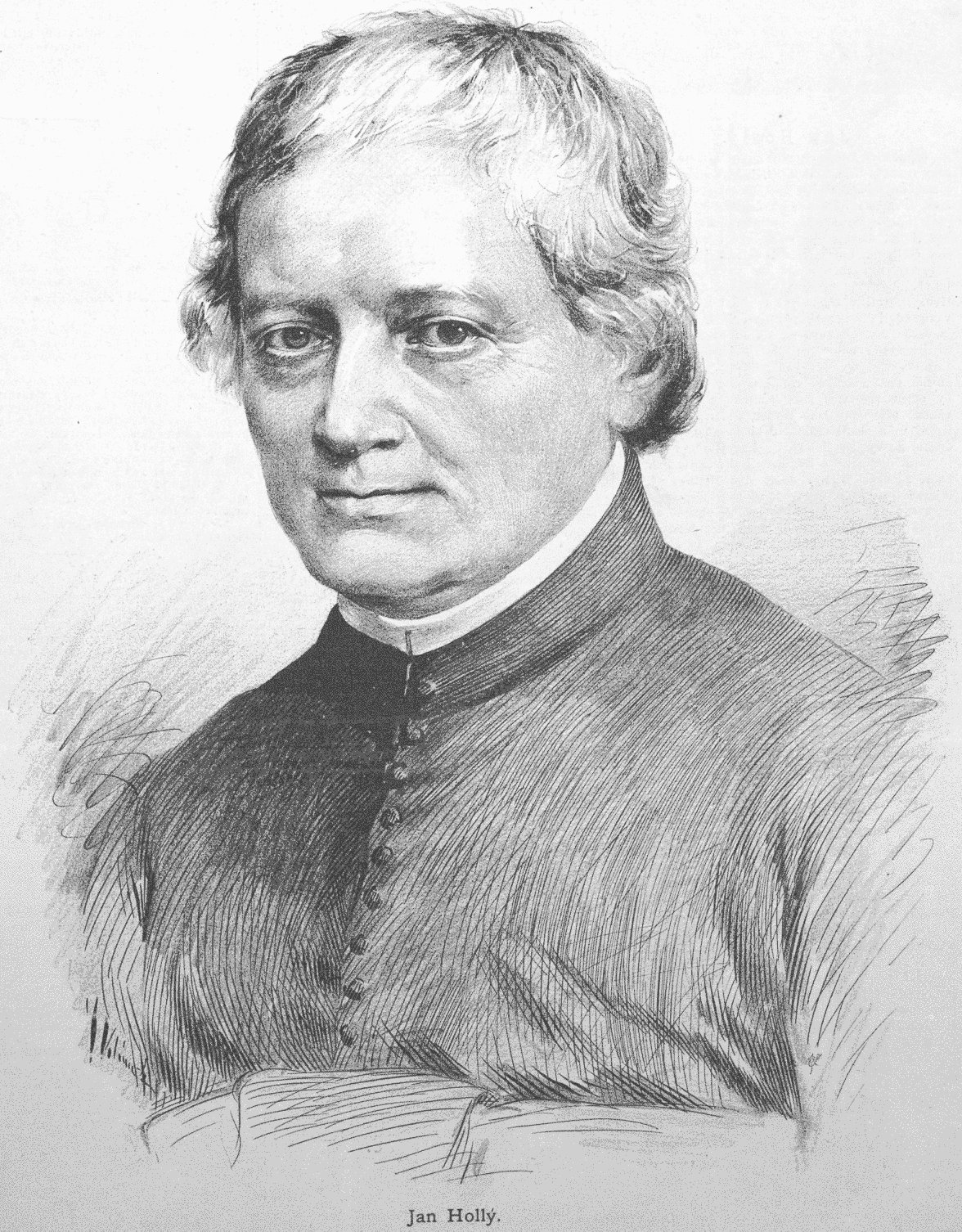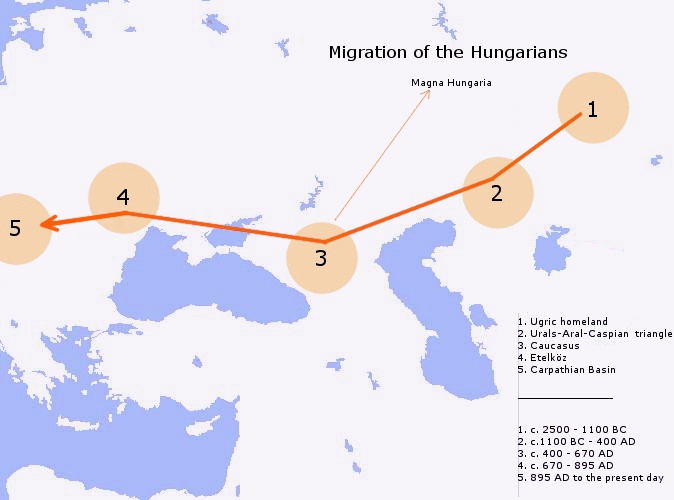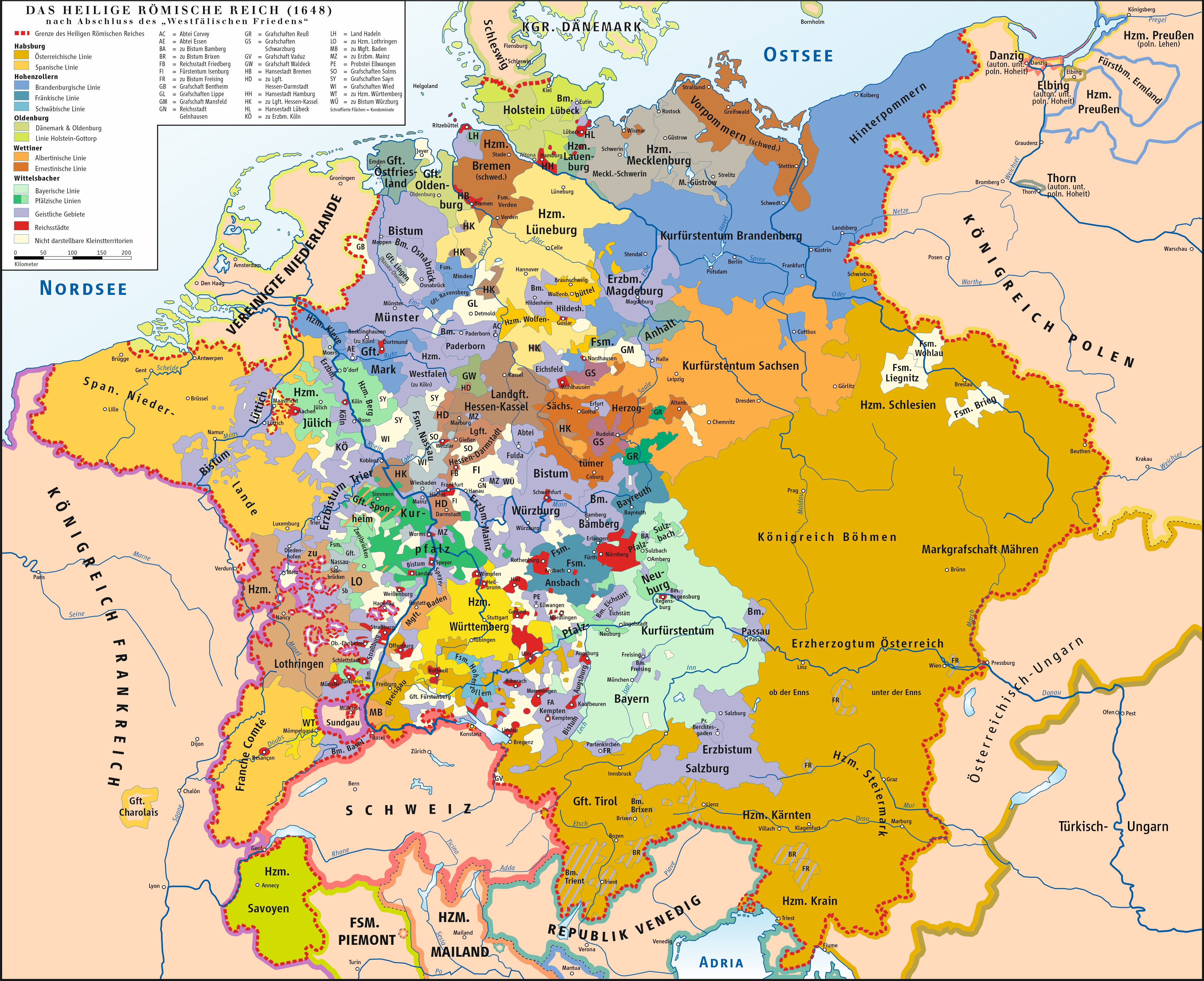|
Csabacsűd
Csabacsűd is a village in Békés County, in the Southern Great Plain region of south-east Hungary. Geography It covers an area of 66.88 km2 and has a population of 1600 people (2024). It lies 40 kilometers from Békéscsaba, the county capital. History The village was first mentioned in writing in 1444, and a document from 1456 identifies the village as belonging to the estate of John Hunyadi. In 1598, the village was entirely abandoned. When Csabacsűd was eventually repopulated, it was placed under the jurisdiction of the nearby village of Békésszentandrás. In 1735, the villagers participated in peasant's revolt led by Pera Segedinac. Following Hungary's defeat in the Hungarian Revolution of 1848, the Hungarian baron József Eötvös hid from the Habsburgs in Csabacsűd. Demographics As of 2023, the village had a population of 1593. The village was 92.1% Hungarian, 13% Slovak, and 2.2% of non-European origin. 24.9% of the villagers identified as Lutheran, 7% Ro ... [...More Info...] [...Related Items...] OR: [Wikipedia] [Google] [Baidu] |
Szarvas District
Szarvas (; ) is a district in western part of Békés County. ''Szarvas'' is also the name of the town where the district seat is found. The district is located in the Southern Great Plain Statistical Region. Geography Szarvas District borders with Mezőtúr District ''( Jász-Nagykun-Szolnok County)'' to the north, Gyomaendrőd District to the northeast, Békés District to the east, Békéscsaba District to the southeast, Orosháza District and Szentes District ''(Csongrád County)'' to the south, Kunszentmárton District ''(Jász-Nagykun-Szolnok County)'' to the west. The number of the inhabited places in Szarvas District is 6. Municipalities The district has 2 towns, 2 large villages and 2 villages. (ordered by population, as of 1 January 2012) The bolded municipalities are cities, ''italics'' municipalities are large villages. Demographics In 2011, it had a population of 28,779 and the population density was 59/km². Ethnicity Besides the Hungarian majority, th ... [...More Info...] [...Related Items...] OR: [Wikipedia] [Google] [Baidu] |
Békés County
Békés (, , ) is an administrative division (county or ''vármegye'') in south-eastern Hungary, on the border with Romania. It shares borders with the Hungarian counties Csongrád-Csanád, Jász-Nagykun-Szolnok, and Hajdú-Bihar. The capital of Békés county is Békéscsaba. The county is also part of the Danube-Kris-Mures-Tisa euroregion. Etymology In Slovak, it is known as ''Békešská župa'' and in Romanian as ''Județul Bichiș''. After Hungarians conquered the area, Békés and its surroundings were the property of the '' Csolt'' clan. Békés (the name means "peaceful") was originally the name of the castle which gave its name to the comitatus, and, like many castles, was possibly named after its first steward. Geography This county has a total area of – 6.05% of Hungary. Békés County lies on the Pannonian Plain (Great Plain) and is a flat area with good soil. The average rainfall is 645 mm per year. One-fifth of the natural gas resources of Hungar ... [...More Info...] [...Related Items...] OR: [Wikipedia] [Google] [Baidu] |
Countries Of The World
The following is a list providing an overview of sovereign states around the world with information on their status and recognition of their sovereignty. The 205 listed states can be divided into three categories based on membership within the United Nations System: 193 member states of the United Nations, UN member states, two United Nations General Assembly observers#Current non-member observers, UN General Assembly non-member observer states, and ten other states. The ''sovereignty dispute'' column indicates states having undisputed sovereignty (188 states, of which there are 187 UN member states and one UN General Assembly non-member observer state), states having disputed sovereignty (15 states, of which there are six UN member states, one UN General Assembly non-member observer state, and eight de facto states), and states having a political status of the Cook Islands and Niue, special political status (two states, both in associated state, free association with New ... [...More Info...] [...Related Items...] OR: [Wikipedia] [Google] [Baidu] |
Békéscsaba
Békéscsaba (; ; see also #Name, other alternative names) is a city with county rights in southeast Hungary, the capital of Békés County. Geography Békéscsaba is located in the Great Hungarian Plain, southeast from Budapest. Highway 44, 47, Békéscsaba beltway (around the city) and Budapest-Szolnok-Békéscsaba-Lőkösháza high speed () railway line also cross the city. Highway 44 is a four-lane Limited-access road, expressway between Békéscsaba and Gyula, Hungary, Gyula. According to the 2011 census, the city has a total area of . Name ''Csaba'' is a popular Hungarian given name for boys of Turkic languages, Turkic origin, while the prefix ''Békés county, Békés'' refers to the county named Békés, which means peaceful in Hungarian language, Hungarian. Other names derived from the Hungarian one include , , and . History The area has been inhabited since the ancient times. In the Iron Age the area had been conquered by the Scythians, by the Celts, then by the ... [...More Info...] [...Related Items...] OR: [Wikipedia] [Google] [Baidu] |
Catholic Church
The Catholic Church (), also known as the Roman Catholic Church, is the List of Christian denominations by number of members, largest Christian church, with 1.27 to 1.41 billion baptized Catholics Catholic Church by country, worldwide as of 2025. It is among the world's oldest and largest international institutions and has played a prominent role in the history and development of Western civilization.Gerald O'Collins, O'Collins, p. v (preface). The church consists of 24 Catholic particular churches and liturgical rites#Churches, ''sui iuris'' (autonomous) churches, including the Latin Church and 23 Eastern Catholic Churches, which comprise almost 3,500 dioceses and Eparchy, eparchies List of Catholic dioceses (structured view), around the world, each overseen by one or more Bishops in the Catholic Church, bishops. The pope, who is the bishop of Rome, is the Papal supremacy, chief pastor of the church. The core beliefs of Catholicism are found in the Nicene Creed. The ... [...More Info...] [...Related Items...] OR: [Wikipedia] [Google] [Baidu] |
Lutheranism
Lutheranism is a major branch of Protestantism that emerged under the work of Martin Luther, the 16th-century German friar and Protestant Reformers, reformer whose efforts to reform the theology and practices of the Catholic Church launched the Reformation in 1517. The Lutheran Churches adhere to the Bible and the Ecumenical Creeds, with Lutheran doctrine being explicated in the Book of Concord. Lutherans hold themselves to be in continuity with the apostolic church and affirm the writings of the Church Fathers and the first four ecumenical councils. The schism between Roman Catholicism and Lutheranism, which was formalized in the Diet of Worms, Edict of Worms of 1521, centered around two points: the proper source of s:Augsburg Confession#Article XXVIII: Of Ecclesiastical Power., authority in the church, often called the formal principle of the Reformation, and the doctrine of s:Augsburg Confession#Article IV: Of Justification., justification, the material principle of Luther ... [...More Info...] [...Related Items...] OR: [Wikipedia] [Google] [Baidu] |
Slovaks
The Slovaks ( (historical Sloveni ), singular: ''Slovák'' (historical: ''Sloven'' ), feminine: ''Slovenka'' , plural: ''Slovenky'') are a West Slavic ethnic group and nation native to Slovakia who share a common ancestry, culture, history and speak the Slovak language. In Slovakia, 4.4 million are ethnic Slovaks of 5.4 million total population. There are Slovak minorities in many neighboring countries including Austria, Croatia, Czech Republic, Hungary, Poland, Romania, Serbia and Ukraine and sizeable populations of immigrants and their descendants in Australia, Canada, France, Germany, United Kingdom and the United States among others, which are collectively referred to as the Slovak diaspora. Name The name ''Slovak'' is derived from ''*Slověninъ'', plural ''*Slověně'', the old name of the Slavs ( Proglas, around 863). The original stem has been preserved in all Slovak words except the masculine noun; the feminine noun is ''Slovenka'', the adjective is ''slovensk ... [...More Info...] [...Related Items...] OR: [Wikipedia] [Google] [Baidu] |
Hungarians
Hungarians, also known as Magyars, are an Ethnicity, ethnic group native to Hungary (), who share a common Culture of Hungary, culture, Hungarian language, language and History of Hungary, history. They also have a notable presence in former parts of the Kingdom of Hungary. The Hungarian language belongs to the Ugric languages, Ugric branch of the Uralic languages, Uralic language family, alongside the Khanty languages, Khanty and Mansi languages, Mansi languages. There are an estimated 14.5 million ethnic Hungarians and their descendants worldwide, of whom 9.6 million live in today's Hungary. About 2 million Hungarians live in areas that were part of the Kingdom of Hungary before the Treaty of Trianon in 1920 and are now parts of Hungary's seven neighbouring countries, Hungarians in Slovakia, Slovakia, Hungarians in Ukraine, Ukraine, Hungarians in Romania, Romania, Hungarians in Serbia, Serbia, Hungarians of Croatia, Croatia, Prekmurje, Slovenia, and Hungarians in Austria, Aust ... [...More Info...] [...Related Items...] OR: [Wikipedia] [Google] [Baidu] |
Habsburg Monarchy
The Habsburg monarchy, also known as Habsburg Empire, or Habsburg Realm (), was the collection of empires, kingdoms, duchies, counties and other polities (composite monarchy) that were ruled by the House of Habsburg. From the 18th century it is also referred to as the Austrian monarchy, the Austrian Empire () or the Danubian monarchy. The history of the Habsburg monarchy can be traced back to the election of Rudolf I of Germany, Rudolf I as King of the Romans, King of Germany in 1273 and his acquisition of the Duchy of Austria for the Habsburgs in 1282. In 1482, Maximilian I, Holy Roman Emperor, Maximilian I acquired the Habsburg Netherlands, Netherlands through marriage. Both realms passed to his grandson and successor, Charles V, Holy Roman Emperor, Charles V, who also inherited the Monarchy of Spain, Spanish throne and Spanish Empire, its colonial possessions, and thus came to rule the Habsburg empire at its greatest territorial extent. The abdication of Charles V in 1556 led ... [...More Info...] [...Related Items...] OR: [Wikipedia] [Google] [Baidu] |
József Eötvös
Baron József Eötvös de Vásárosnamény (pronunciation: jɔ:ʒef 'øtvøʃ dɛ 'va:ʃa:rɔʃnɒme:ɲ 3 September 1813 – 2 February 1871) was a Hungarian writer and statesman, the son of Ignác baron Eötvös de Vásárosnamény and Anna von Lilien, who stemmed from an Erbsälzer family of Werl in Germany. Eötvös name is sometimes anglicised as Joseph von Eotvos. Biography The Baron József Eötvös de Vásárosnamény was born in the Hungarian aristocratic family Eötvös de Vásárosnamény. His father was the Baron Ignác Eötvös de Vásárosnamény (1786–1851), vice-chancellor of the Kingdom of Hungary, and his mother was the Baroness Anne von der Lilien (1786–1858). On 13 September 1842 he married Ágnes Rosty de Barkóc (1825–1913). Baron Eötvös' brother in law was Pál Rosty de Barkócz (1830–1874), a Hungarian nobleman, photographer, explorer, who visited Texas, New Mexico, Mexico, Cuba and Venezuela between 1857 and 1859. Another brother-in-l ... [...More Info...] [...Related Items...] OR: [Wikipedia] [Google] [Baidu] |
Hungarian Revolution Of 1848
The Hungarian Revolution of 1848, also known in Hungary as Hungarian Revolution and War of Independence of 1848–1849 () was one of many Revolutions of 1848, European Revolutions of 1848 and was closely linked to other revolutions of 1848 in the Habsburg areas. Although the revolution failed, it is one of the most significant events in Hungary's modern history, forming the cornerstone of modern Hungarian national identity—the anniversary of the Revolution's outbreak, 15 March, is one of Hungary's three Public holidays in Hungary, national holidays. In April 1848, Hungary became the third country of Continental Europe (after France, in 1791, and Belgium, in 1831) to enact a law implementing democratic parliamentary elections. The new suffrage law (Act V of 1848) transformed the old feudal parliament (The Estates, Estates General) into a democratic representative parliament. This law offered the widest right to vote in Europe at the time. The April laws utterly erased all pri ... [...More Info...] [...Related Items...] OR: [Wikipedia] [Google] [Baidu] |
Pera Segedinac
Petar Jovanović (, , 1655 – 4 April 1736), known as Pera Segedinac (, ), was a Habsburg Serb military officer, a captain in Pomorišje. He led a Serb revolt in 1735. What is known about him is that he was a retired officer in the Serbian Militia stationed at Szeged, hence the name "Segedinac". At the age of 80, Captain Pero joined forces with Hungarian peasants revolting against insufferable conditions in Bekes, Csongrád and Zarand counties in 1735. After the revolt, Pero and several Hungarian rebels were captured, tortured, and executed in Buda the following year. Literature Laza Kostić (1841–1910) wrote the play ''Pera Segedinac'' in 1875. See also * Jovan Monasterlija * Pavle Nestorović * Antonije Znorić Antonije Znorić ( sr-cyr, Антоније Знорић; 1689 – September 21, 1695) was a military officer (colonel) of the Habsburg army and the commander of the Serbian Militia during the Great Turkish War. Early life He was born in Vnoro ... * Sub ... [...More Info...] [...Related Items...] OR: [Wikipedia] [Google] [Baidu] |


